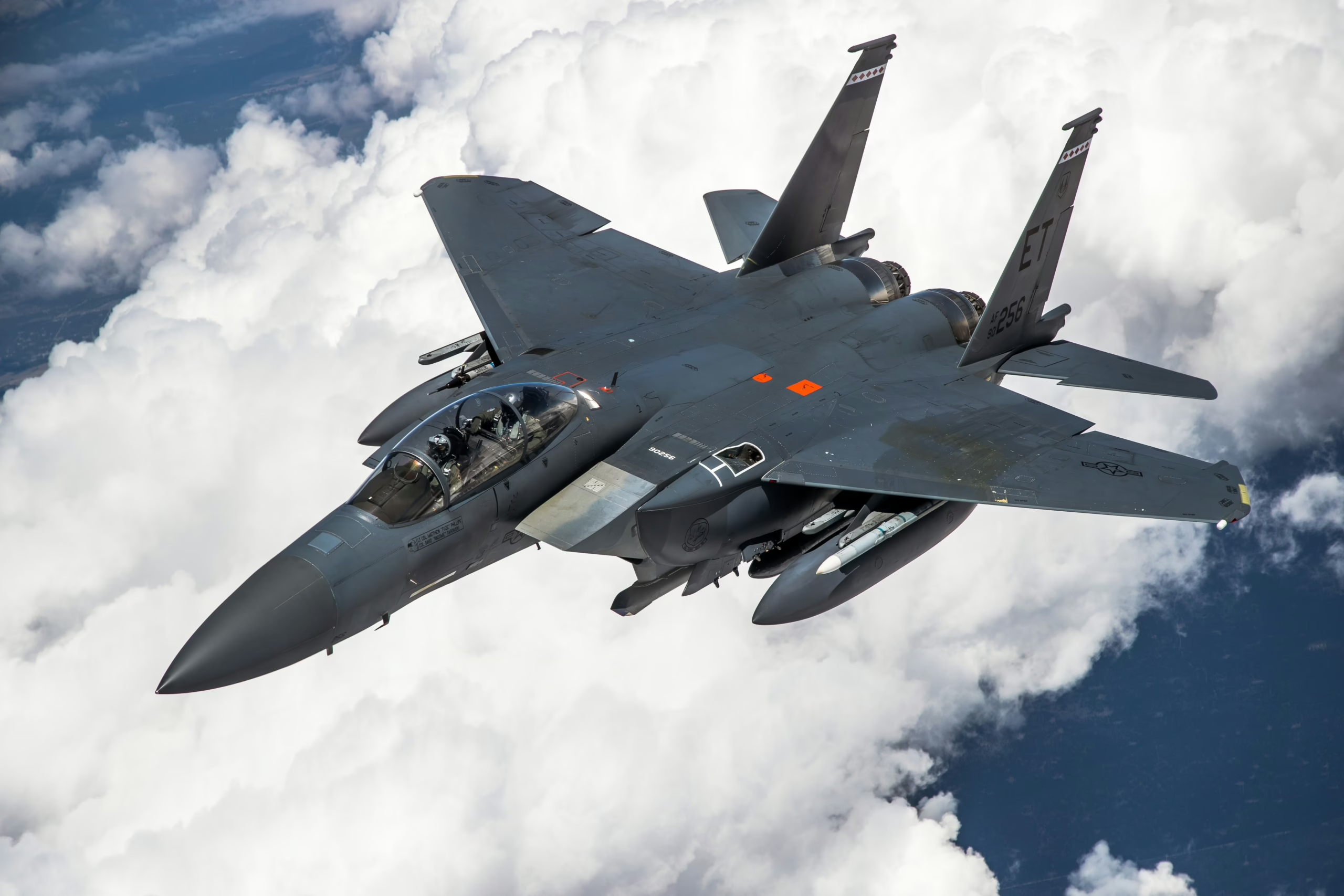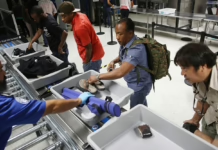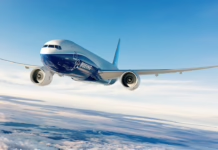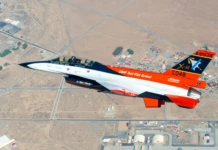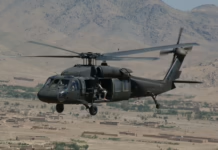High-ranking Polish officers flew demonstration missions in Boeing’s advanced multi-role fighter near St. Louis, marking a significant step in the country’s evaluation of potential aircraft purchases to bolster its air defense capabilities.
Polish air force pilots conducted test flights in Boeing’s F-15EX Eagle II fighter jet earlier this month at the company’s delivery center near St. Louis, advancing Warsaw’s assessment of the advanced aircraft for potential purchase.
Three officers from Poland’s air force visited the Missouri facility where Boeing assembles tactical aircraft. The delegation was led by Maj. Gen. Ireneusz Nowak, an F-16 pilot who oversees modernization programs as the service’s inspector.
Boeing announced Oct. 2 that two Polish pilots completed familiarization flights in the twin-engine jet. Rob Novotny, Boeing’s business development chief for the F-15 program, revealed on LinkedIn that the flights included two sorties in the two-seat F-15EX, reaching speeds above Mach 1.5 and altitudes over 40,000 feet. Nowak flew one of the demonstration missions.
The visit included briefings on operational capabilities, integration with fifth-generation fighters, sustainment options, training programs and economic impacts, Boeing said.
Poland is replacing aging F-16Cs with Lockheed Martin’s F-35A Lightning II stealth fighter. The first Polish F-35 left the Fort Worth assembly line in January, and pilots began flight training in February at Ebbing Air National Guard Base in Arkansas.
Warsaw plans to field 32 F-35As, designated “Husarz” locally, with full operational capability expected by 2030. But the country is also evaluating a separate F-15EX purchase as part of broader military modernization.
Boeing has positioned the F-15EX as a complement to the F-35, despite lacking stealth features. The Eagle II’s twin-engine design enables a payload capacity of 29,500 pounds, allowing it to carry 12 air-to-air missiles or three long-range cruise missiles.
By contrast, the F-35A’s internal weapons bay can carry just over 17,600 pounds when operating in stealth configuration.
“The aircraft is inherently un-stealthy, so for us it has a different mission objective,” Steve Parker, chief executive of Boeing Defense, Space & Security, said at the Paris air show in June. “It’s really about oversized weapons, payload, range and being complementary to a fighter force.”
Parker added that the F-15EX would complement both fifth and sixth-generation fighters.
The F-15EX features the AN/ALQ-250 Eagle Passive Active Warning Survivability System, an advanced electronic warfare countermeasures package developed by Boeing and BAE Systems.
A 2024 Pentagon evaluation found the F-15EX “operationally effective” in air superiority roles, even against fifth-generation aircraft. The assessment included flights against surrogate fifth-generation adversary aircraft on both defensive and offensive counter-air missions.
“The F-15EX was able to detect and track all threats at advantageous ranges, use onboard and off-board systems to identify them, and deliver weapons while surviving,” the Pentagon’s Directorate of Operational Test and Evaluation report stated.
Nowak has previously suggested Poland should field up to 160 combat aircraft, equivalent to 10 tactical squadrons. The country currently operates 23 Soviet-era MiG-29 fighters and recently retired its Sukhoi Su-22 ground-attack aircraft.
With 32 F-35As and 48 Korea Aerospace Industries FA-50 light-attack fighters on order, a gap remains to reach that target. Poland has floated potential F-15EX acquisitions of 32 or 48 aircraft, enough for two or three squadrons. The Eurofighter Typhoon also remains under consideration.
Boeing is still seeking its first international F-15EX customer, with Poland viewed as the leading prospect. Parker has indicated strong Middle East interest in the type.
Potential buyers include current F-15 operators like Saudi Arabia and Israel. Riyadh operates 232 F-15s, including 80 F-15C/Ds with an average age of 41 years that likely need replacement. Its 86 F-15SAs average just 8 years old. Riyadh also operates 66 F-15Ss with an average age of 25 years.
Israel operates 87 F-15s, mostly older A/B and C/D variants. The country has reportedly requested 25 F-15EXs, though no sale has been finalized.
Qatar operates 36 F-15QA variants, upon which the F-15EX is based. Indonesia signed a memorandum of understanding with Boeing in 2023 for a potential purchase of up to 24 F-15EXs, though the commitment is non-binding.

Key Takeaways
- Polish air force pilots, including Maj. Gen. Ireneusz Nowak, completed F-15EX demonstration flights at Boeing’s Missouri facility in early October as Warsaw evaluates the fighter for purchase.
- Poland plans to field 32 F-35A stealth fighters by 2030 but is considering a separate F-15EX acquisition of 32-48 aircraft to complement its modernization efforts.
- The F-15EX carries 29,500 pounds of weapons compared to the F-35A’s over 17,600-pound stealth payload, enabling it to transport 12 air-to-air missiles or three cruise missiles.
- Pentagon testing found the F-15EX operationally effective against fifth-generation aircraft threats, detecting and tracking adversaries at advantageous ranges.
- Boeing is pursuing Poland as its first international F-15EX customer, with additional interest from Middle East operators including Saudi Arabia and Israel.



